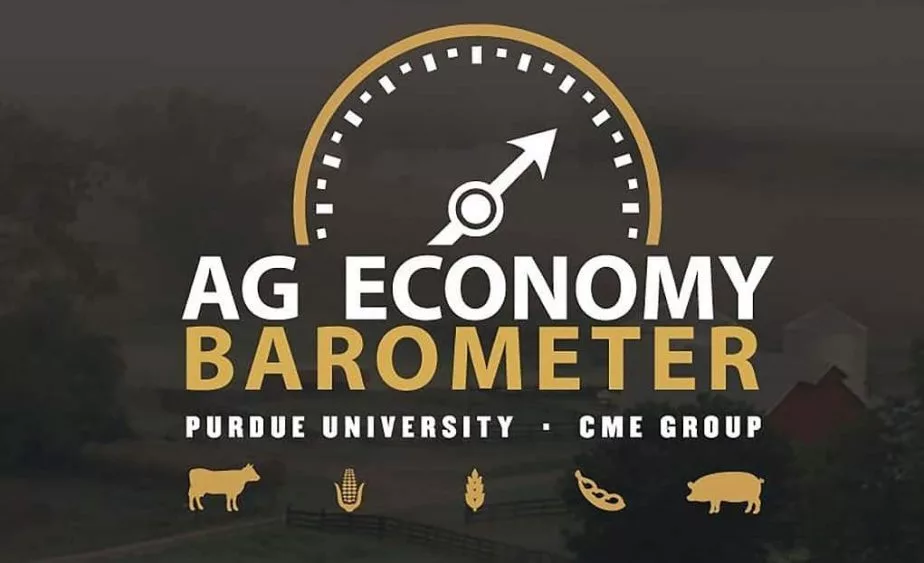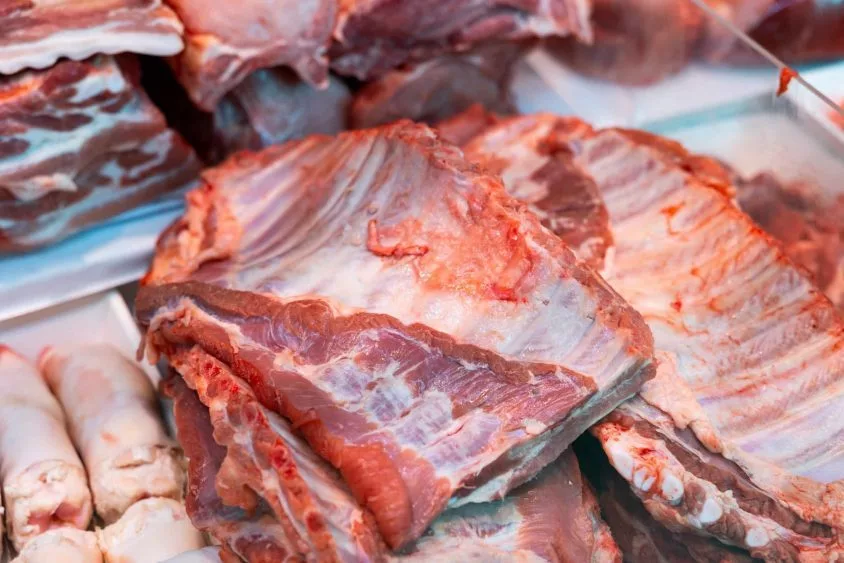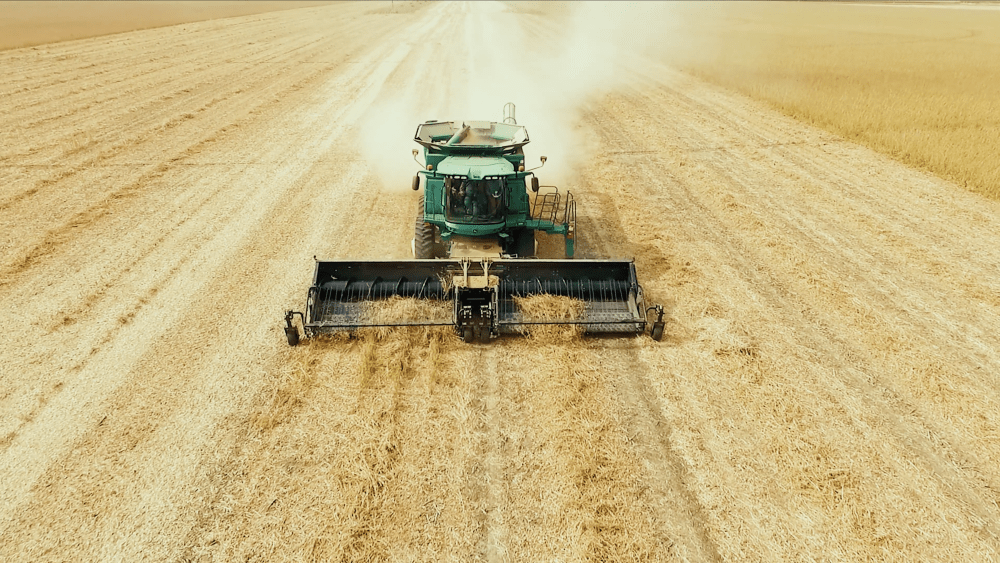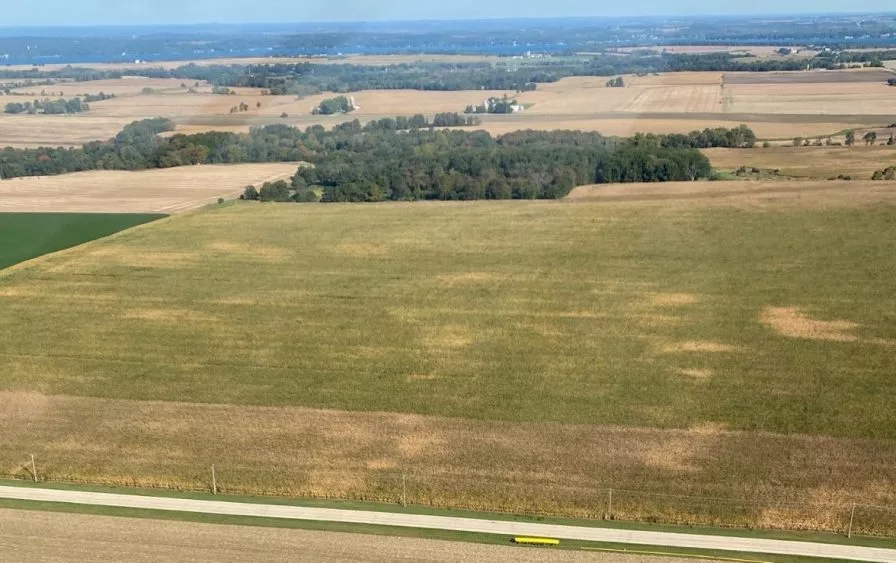
WEST LAFAYETTE, Ind. — Farmer sentiment improved for the second consecutive month in May, reaching its highest level since May 2021. The Purdue University/CME Group Ag Economy Barometer rose 10 points to a reading of 158, up from 148 in April. Both the Index of Current Conditions and the Index of Future Expectations contributed to the increase, with the current conditions index up 5 points to 146 and the future expectations index jumping 12 points to 164. The sentiment boost was driven by a more optimistic outlook on U.S. agricultural exports and a less negative view of how tariffs will impact farm income in 2025. The May barometer survey took place May 12-16.
The Farm Financial Performance Index increased by 8 points in May to a reading of 109, suggesting producers expect 2025 to be a somewhat stronger income year than 2024. However, the Farm Capital Investment Index declined 6 points to a reading of 55, primarily driven by fewer producers saying now is a good time to invest in their farm operations. Despite the drop in this month’s investment index reading, the index remains stronger than it was in May of the last three years, when readings ranged from 35 to 37. Since November 2024, the investment index has averaged a reading of 54, which is higher than the 35-point average recorded from January through October 2024.
The Short-Term Farmland Value Expectations Index rose sharply in May, climbing 14 points from April’s report to a reading of 124 — the highest reading since March 2024. The shift reflects a growing anticipation among producers that farmland values will increase, with 37% of respondents now predicting a rise, up from 25% in April. At the same time, the percentage of producers who expect values to remain steady declined from 60% to 50% in May.
A key factor contributing to this month’s climb in farmer sentiment could be linked to a more positive view of the U.S.’s long-run agricultural trade prospects. In May, 52% of producers said they expect agricultural exports to increase over the next five years, surging from 33% in April and the highest percentage of positive responses to this question since November 2020. Meanwhile, 12% of producers said they believe exports will decline, down from 24% the previous month.
To better understand U.S. producer views on trade, the May survey revisited a barometer question first asked in the fall of 2020. Producers were asked to rate their agreement with the statement, “Free trade benefits agriculture and most other American industries.” On average, 49% of respondents “strongly agreed” with the statement during the fall 2020 surveys. In contrast, only 28% of respondents chose “strongly agreed” in May 2025. Additional evidence of changing views comes from responses to questions about the impact of U.S. tariff policies on their farms’ income. In March and April, 57% and 56% of producers, respectively, responded that tariffs are likely to have a “negative” or “very negative” effect on their farm’s income. However, by May, only 43% of respondents said they expected a negative impact, while those indicating “no impact” rose to 30%, up from 19% in March and 22% in April.
The May survey also included two questions related to farm labor to learn more about whether producers are facing challenges in hiring adequate labor for their farm operations. Just over half (51%) of respondents reported that they typically hire nonfamily labor. Among this group, one in four said they expect to face difficulties hiring adequate labor due to the U.S. administration’s immigration reduction policies. Specifically, 10% anticipate having a “lot of difficulty,” while 16% expect “some difficulty” in hiring adequate labor. While the Ag Economy Barometer’s survey does not explicitly target specialty crop producers who more commonly rely on nonfamily labor, these results suggest labor availability could be an emerging concern for some U.S. crop and livestock operations.
“While the uptick in sentiment is certainly notable, it’s important to recognize that producers are navigating a complex mix of optimism and caution,” said Michael Langemeier, the barometer’s principal investigator and director of Purdue University’s Center for Commercial Agriculture. “Producers’ expectations for exports and farm income have improved, but concerns remain about capital investment and, for some operations, the potential for labor shortages due to immigration policy changes.”
About the Purdue University Center for Commercial Agriculture
The Center for Commercial Agriculture was founded in 2011 to provide professional development and educational programs for farmers. Housed within Purdue University’s Department of Agricultural Economics, the center’s faculty and staff develop and execute research and educational programs that address the different needs of managing in today’s business environment.



